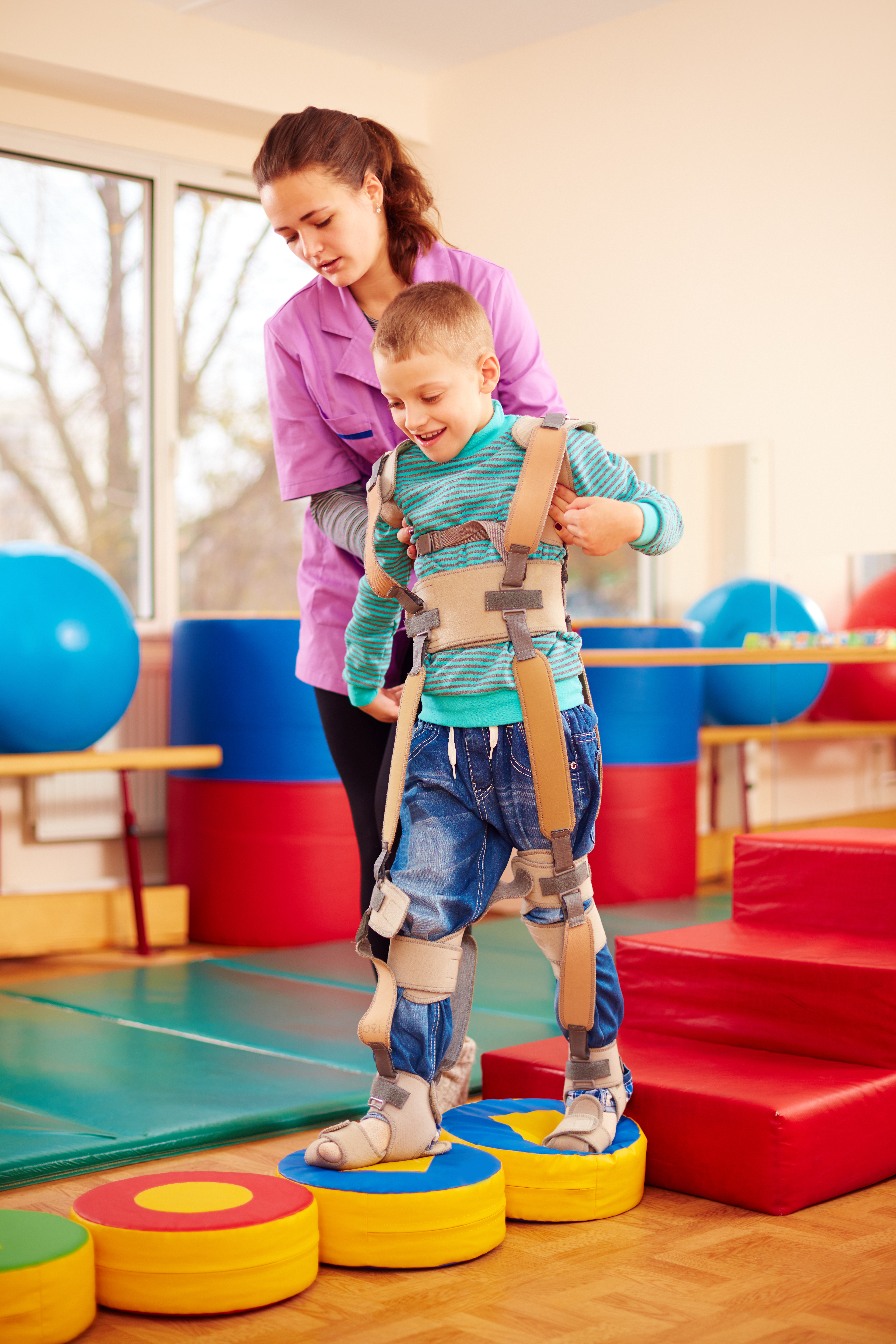Dravet Syndrome Patients Exhibit Variety of Gait Alterations, Review Finds

A wide variety of gait alterations have been reported for patients with Dravet syndrome, but the most common seems to be the crouch gait, a posture in which patients are unable to maintain an upright posture while walking, a review study has found.
The study, “Gait deviations in patients with dravet syndrome: A systematic review,” was published in the European Journal of Paediatric Neurology.
Dravet syndrome is a rare and severe type of epilepsy that usually appears during the first year of life and is characterized by seizures and cognitive and motor deficits.
While psychological and intellectual delays are particularly striking in infants younger than 2, gait alterations seem to gradually worsen as children grow older. As a result, they become increasingly dependent on their parents and caregivers to move around and perform normal daily activities.
“While seizure control has been the principal issue in treatment of patients with Dravet syndrome, attention to other problems such as gait disorders may as well improve quality of life for patient and caregivers,” the investigators wrote. “[However,] it remains unclear to what extent gait evaluations are performed in populations with Dravet Syndrome and how gait deviations are identified so far.”
This review study focused on summarizing the main findings of studies designed to evaluate gait alterations in patients with Dravet syndrome. From a systematic search performed in four large online databases (Pubmed, Web of Science, Science Direct, and Embase) yielding a total of 478 citations, nine studies were selected to be included in the review.
All the studies included in the systematic analysis focused on evaluating gait alterations either using clinical observation, video gait, or 3D gait analysis. They also included a detailed description of the patients’ gait characteristics, as well as the time and distance they were able to cover (spatiotemporal parameters) and body and joint movement analysis (kinematic parameters).
In total, 151 patients with Dravet syndrome between the ages of 2.5 and 47 years old were analyzed.
Pooled data from all the studies revealed that Dravet patients exhibited a wide variety of gait patterns, including parkinsonian (unsteady walking posture typical of patients with Parkinson’s disease), cerebellar (wide, unsteady gait typical of patients with cerebellar ataxia), and other non-specified gait alterations.
However, crouch gait was by far the most common gait alteration reported among Dravet patients, described in approximately half of the total number of participants included in the systematic analysis.
In addition, all studies reported significant changes in both spatiotemporal and kinematic parameters as well as bone misalignment, lack of knee extension, and neurological symptoms.
“The causal mechanism … of the gait deviations is still insufficiently understood. Progressive deterioration of gait, joint range and alignment and neurological signs is hypothesized and should be further investigated in longitudinal research,” the researchers wrote.
“Clinicians should pay attention to evaluation and treatment of gait disorders in order to improve the patients’ functional independence. Future research should ideally proceed with 3D gait analysis including kinetics and electromyography for increased insight in gait pathology. However, gait analysis protocols that are feasible and achievable in daily clinical practice need to be developed as well,” they added.






